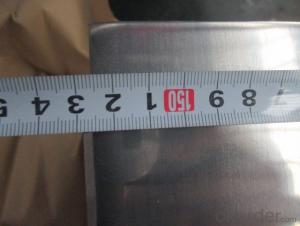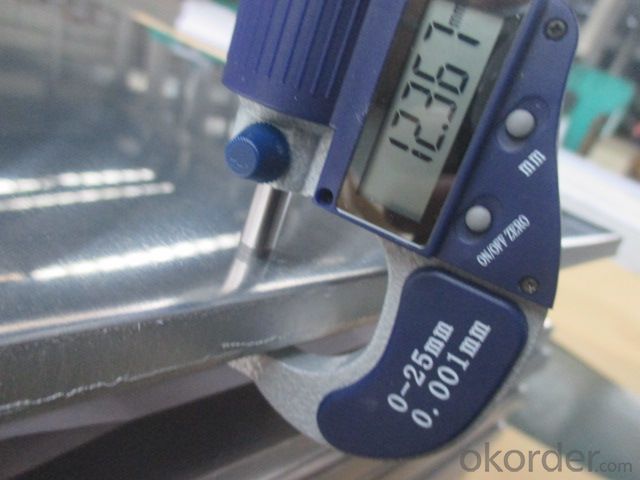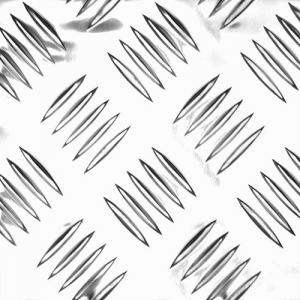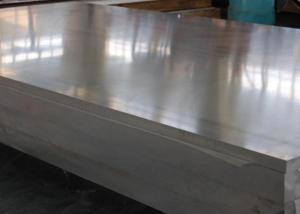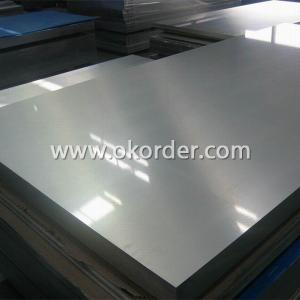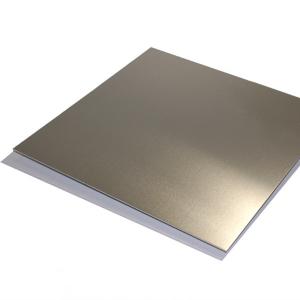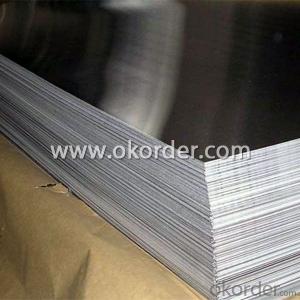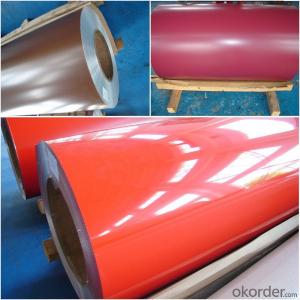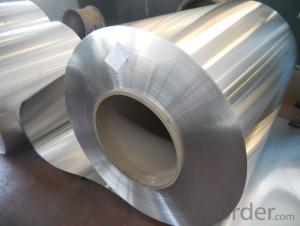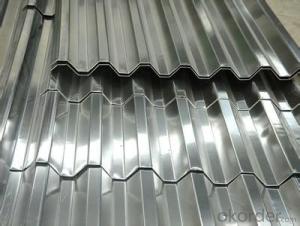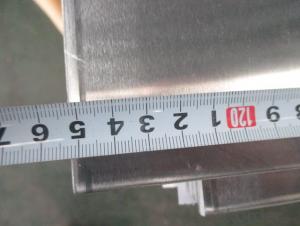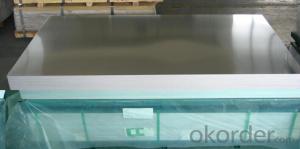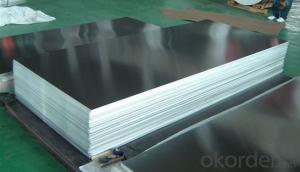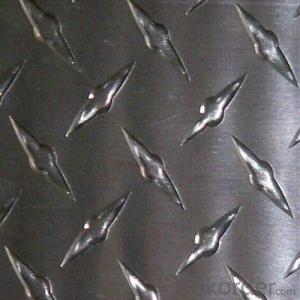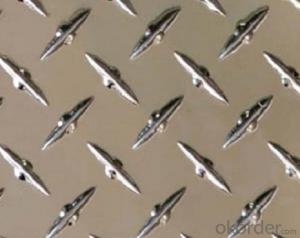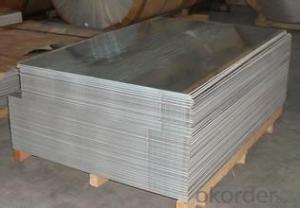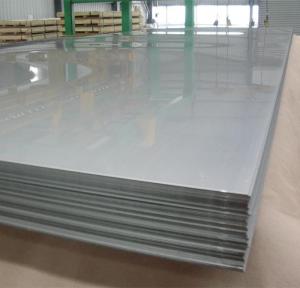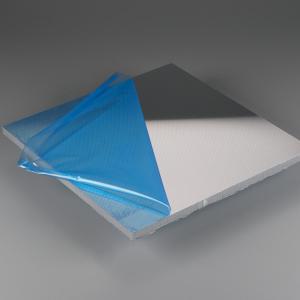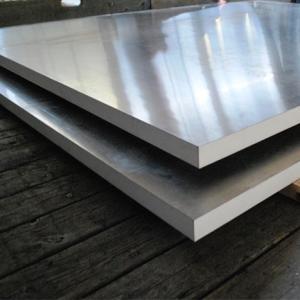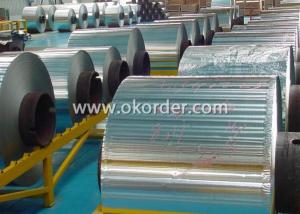24 Ga Anodized Aluminum 4 X 10 Sheets - Aluminium Plate with Good Discount Price Our Warehouse
- Loading Port:
- Shanghai
- Payment Terms:
- TT OR LC
- Min Order Qty:
- 8 m.t
- Supply Capability:
- 200 m.t/month
OKorder Service Pledge
OKorder Financial Service
You Might Also Like
Specification
1.Structure of Product Description
Cold rolled aluminum sheet is widely used in the field of construction field and decoration field, etc.
There are many different grades, such as: 1000 series, 2000 series, 3000 series, 5000 series, 6000series, etc. The detailed grade are as follows: 1010,1100, 2024, 3003, 3005, 3105, 5052,5754,5083,6061,6063,8011, etc.
The temper is include H14,H44,H112,H114,etc.
2. Main features of the product
a.Competitive price
b.Frist-Class Service.
c. Shortest service.
3. Image.
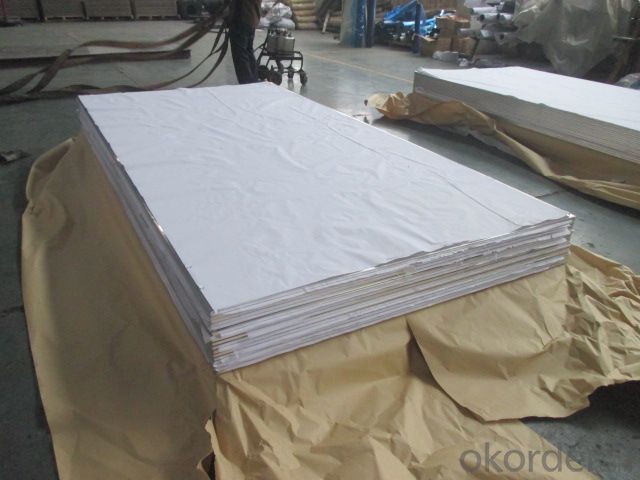
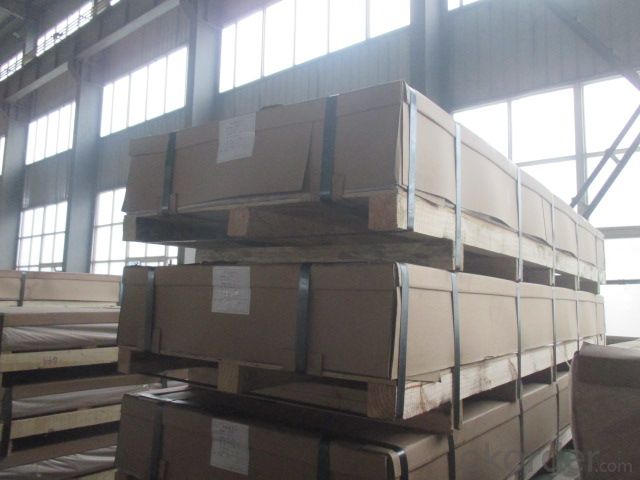
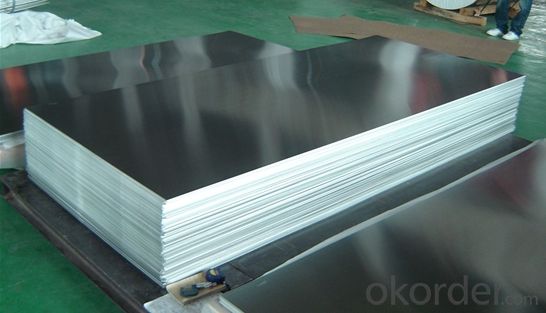
4. Product detailed sizes:
1000mm*2000mm,1219mm*2438mm,1220mm*2440mm,1500mm*3000mm, etc.
5. FAQ:
What is the quality standard?
---Usually our standard is GB3880-2006 or others.
What is the width range?
---It is from 1000mm to 2500mm, etc.
---Normally it is around 15 tons/each size.
How many tons did you export in one year?
---Normally it is around 7500 tons totally.
Where is your client from?
---Normally they are aluminum sheet, mirror finish aluminum sheet and the checkered shedet and also including other sizes, checkered sheet, mirror finish aluminium sheet, aluminum casting coil, etc.
- Q: This question asks if there are any potential risks or hazards associated with using windows that are manufactured from recycled materials.
- <p>There are generally no significant safety concerns with using windows made from recycled materials. These windows are often made from recycled plastics or glass, which are processed to ensure they meet safety and quality standards. However, it's important to ensure that the recycled materials used are free from contaminants and are processed correctly to maintain structural integrity. Additionally, the manufacturing process should adhere to environmental and safety regulations to prevent any health or environmental risks. Always check for certifications and standards that the windows meet to ensure their safety and reliability.</p>
- Q: Can aluminum sheets be used for solar panels?
- Yes, aluminum sheets can be used for solar panels. Aluminum is a commonly used material in the construction of solar panels due to its lightweight, durability, and excellent heat dissipation properties. The use of aluminum helps to reduce the overall weight of the solar panels, making them easier to install and transport. Additionally, aluminum is highly resistant to corrosion, ensuring the longevity of the solar panels even in harsh weather conditions.
- Q: Can aluminum sheets be brushed or satin finished?
- Yes, aluminum sheets can be brushed or satin finished. Brushing or satin finishing is a process that involves creating a textured surface on the aluminum sheets. This can be achieved by using abrasive materials, such as sandpaper or wire brushes, to create a pattern of fine lines or scratches on the surface of the metal. This process is often used to enhance the appearance of aluminum sheets by giving them a more matte and textured finish. Additionally, brushing or satin finishing can also help to hide small imperfections or scratches on the surface of the aluminum sheets. Overall, the ability to brush or satin finish aluminum sheets provides flexibility in terms of achieving desired aesthetics and surface textures for various applications.
- Q: What precautions should be taken to ensure safety while installing aluminum sheets?
- <p>When installing aluminum sheets, safety measures include wearing appropriate personal protective equipment (PPE) such as gloves, safety glasses, and hard hats. Ensure the work area is clear of debris and any tripping hazards. Use ladders and scaffolding that are in good condition and set up correctly. Always have a spotter when lifting heavy sheets and use proper lifting techniques to avoid back injuries. Keep hands and feet away from edges and corners to prevent cuts. Ensure all tools are in good working order and use them correctly. Follow all manufacturer's guidelines for installation and adhere to local safety regulations.</p>
- Q: Can aluminum sheets be used for battery casings?
- Yes, aluminum sheets can be used for battery casings. Aluminum is a lightweight and durable metal that offers excellent corrosion resistance, making it a suitable choice for battery casings. It is also a good conductor of electricity, which is important for efficient battery performance. Additionally, aluminum is easily formable and can be shaped into various designs and sizes, allowing for flexibility in battery casing manufacturing. Overall, aluminum sheets are commonly used in the production of battery casings due to their beneficial properties.
- Q: doesn't particularly need to be welding but i need to make an air tight permanent seal around 2 very thin sheets of aluminium (like .02 inches thick) i was thinking .02 inch 5052 aluminum because its the thinnest i can find but am obviously up for suggestions.
- First you need a Tungsten inert gas welder (T.I.G. for short). The second step is to make sure the aluminum is clean. If you just bought it , and it looks clean ; it isn't trust me. Steel and aluminum are totally different in a lot of ways and that is one of them. I'm going to skip the safety instructions and shopping list , under the presumption that you already know the basics. Spray the area to be welded with acetone. rinse with clean water to remove lingering residue. then use a wire brush that has never been used on anything but Aluminum to clean the area. I'd go with a 4043 welding rod , it's a popular choice. Make sure to use clamps so that the 2 pieces of metal are squeezed tightly together with no gaps. (very important) I like to preheat my metal even if it's thin sheets , seems to come out better although it isn't usually called for in specs. side note ; If you have to step away from your work for more than 8 hours , you're going to need to re-prep it since it will have formed a layer of Aluminum oxide by that time.
- Q: How do you protect aluminum sheets from scratches?
- To protect aluminum sheets from scratches, there are a few steps you can take: 1. Handle with care: When handling aluminum sheets, always be mindful of their vulnerability to scratches. Avoid dragging or sliding them across rough surfaces, as this can cause scratches. Instead, lift and place them gently, ensuring you have a clean, smooth surface to work on. 2. Use protective covering: Before storing or transporting aluminum sheets, consider using a protective covering such as a plastic film or paper. This will provide a barrier and prevent direct contact with other surfaces, reducing the risk of scratches. Ensure that the covering is clean and free from any dirt or debris. 3. Store in a safe environment: When not in use, store aluminum sheets in a clean and dry environment. Avoid storing them alongside abrasive materials or objects that could potentially scratch them. Additionally, consider using dividers or separators to create individual compartments for each sheet, preventing them from rubbing against each other. 4. Clean with caution: When cleaning aluminum sheets, use a soft, non-abrasive cloth or sponge. Avoid using wire brushes or rough materials that can cause scratches. Additionally, use a mild detergent or aluminum cleaner specifically designed for this purpose. Rinse thoroughly and dry the sheets completely to prevent any moisture from causing damage. 5. Apply a protective coating: Another option to protect aluminum sheets from scratches is to apply a protective coating. There are various types of coatings available, such as clear lacquers or specialized aluminum protectants. These coatings create a thin barrier on the surface of the aluminum, adding an extra layer of protection against scratches. By following these steps, you can significantly reduce the risk of scratches on your aluminum sheets and help maintain their appearance and integrity over time.
- Q: Are the aluminum sheets suitable for manufacturing aircraft wings?
- Yes, aluminum sheets are suitable for manufacturing aircraft wings. Aluminum is widely used in the aerospace industry due to its excellent strength-to-weight ratio, corrosion resistance, and high thermal conductivity. These properties make it an ideal choice for constructing lightweight yet durable aircraft components, such as wings. Aluminum sheets can be easily formed, welded, and machined, allowing for complex wing designs. Additionally, aluminum's low density helps reduce the overall weight of the aircraft, improving fuel efficiency and maneuverability. Overall, the use of aluminum sheets in manufacturing aircraft wings is a common and proven practice in the aviation industry.
- Q: What type of aluminum plate does the traffic sign use? 1100?
- Formulated according to unused specifications and design requirements. May refer to the road traffic sign and the marking establishment standard execution.
- Q: Are the aluminum sheets suitable for manufacturing window frames?
- Yes, aluminum sheets are suitable for manufacturing window frames. Aluminum is a popular material choice for window frames due to its many advantageous properties. It is lightweight, yet durable, making it easy to install and resistant to corrosion. Aluminum is also highly malleable, allowing for various design possibilities and customization options. Additionally, aluminum window frames offer good thermal performance, excellent noise reduction, and require minimal maintenance. Overall, aluminum sheets are a suitable and reliable choice for manufacturing high-quality window frames.
Send your message to us
24 Ga Anodized Aluminum 4 X 10 Sheets - Aluminium Plate with Good Discount Price Our Warehouse
- Loading Port:
- Shanghai
- Payment Terms:
- TT OR LC
- Min Order Qty:
- 8 m.t
- Supply Capability:
- 200 m.t/month
OKorder Service Pledge
OKorder Financial Service
Similar products
Hot products
Hot Searches
Related keywords
